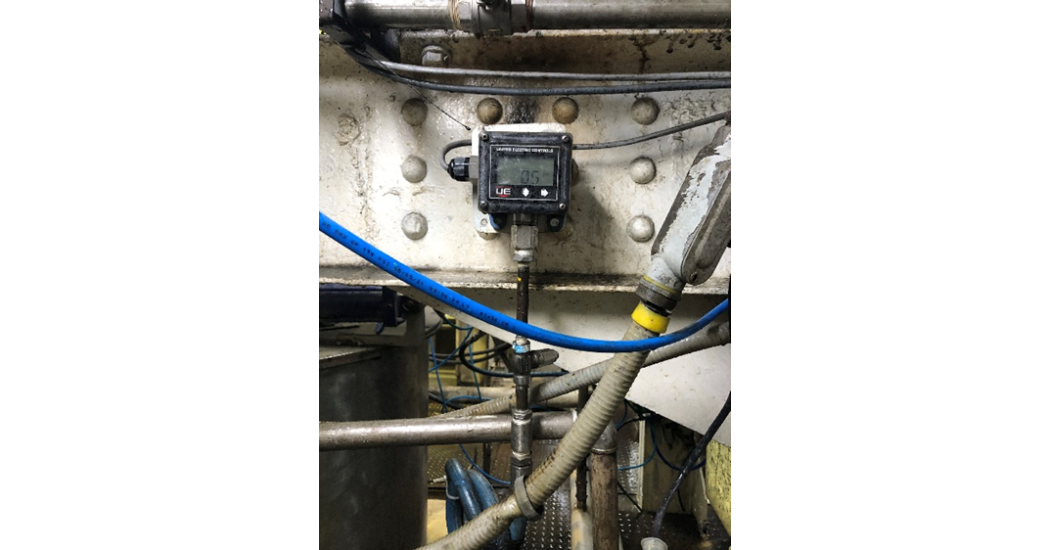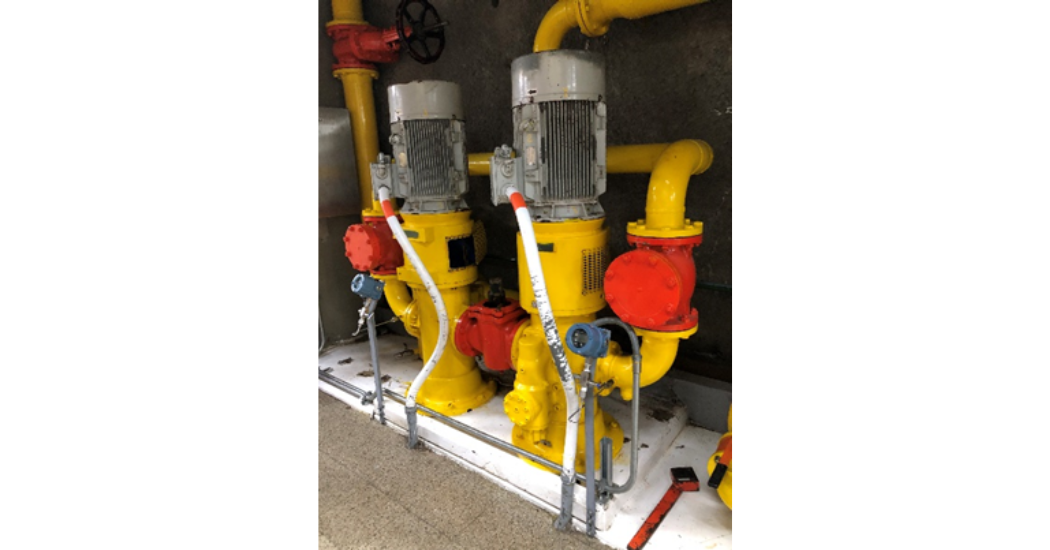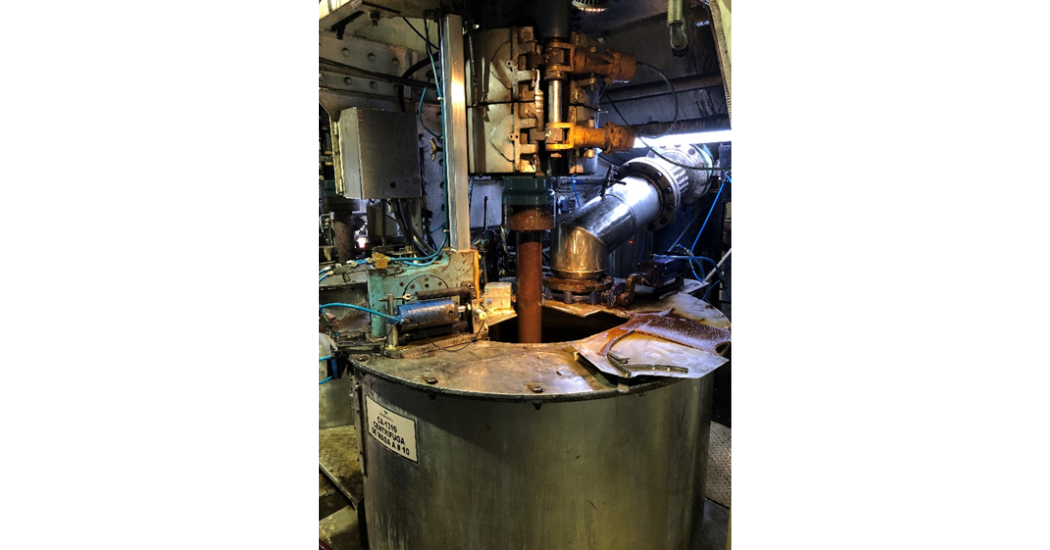Pump operators who focus on monitoring performance through continually obtaining real-time feedback, regular maintenance, equipment upgrades, and energy efficiency can successfully optimize operations using electronic instrumentation.
Performance upgrades require operators to use instrumentation automation to gather and analyze both device and process level data, capabilities that mechanical switches cannot fulfill. This is where proven-in-use electronic instrumentation, like United Electric Control’s ONE Series and Excela, offers big benefits.
 “Your instrumentation is basically the eyes, ears, and nose of your industrial equipment,” explains subject matter expert, Julian Yeo. “The two biggest challenges we see pump operators face is that legacy instrumentation do not provide diagnostic data at the device level. With electronic instrumentation, operators can now diagnose a pump issue using specific error codes indicated by the device, before it leads to a pump failure.”
“Your instrumentation is basically the eyes, ears, and nose of your industrial equipment,” explains subject matter expert, Julian Yeo. “The two biggest challenges we see pump operators face is that legacy instrumentation do not provide diagnostic data at the device level. With electronic instrumentation, operators can now diagnose a pump issue using specific error codes indicated by the device, before it leads to a pump failure.”
The intelligence is all in the switch’s microchip which provides split-second feedback that can indicate whether there is a pressure, temperature, or voltage issue.
“Catching these problems early prevents lengthy downtime and provides significant cost savings for operators,” Yeo explains. “Without this critical information, operators are forced to take a reactive approach to their equipment maintenance because they don’t have the data set to be proactive.”
While too much data can seem a bit overwhelming at times, it also provides valuable insight that empowers operators. Advanced instrumentation like the ONE Series electronic switch offer data logging capabilities, including recording the minimum and maximum process levels reached, as well as frequency of tripped setpoints. Such data indicates if something within the process needs to be adjusted for efficiency.
Real-world field examples demonstrate how instrumentation allows companies to optimize their process.
“I visited a sugar mill in Columbia where they replaced their mechanical switches on their centrifuge systems with electronic ones because they needed a better understanding of the process level data,” Yeo says. “They discovered that their process was triggering 15 times in five hours, which pointed to a bigger issue. The data informed them that they needed to adjust the pressure of the water being injected into the centrifugal drum so that there will always be water flowing into the drum. This would prevent unnecessary trips that result in operational downtime. These adjustments allowed them to optimize the efficiency of their process.
The ONE Series consists of various models. In particular, the ONE Series Switch and Transmitter model is a multifunctional device—switch, gage, and transmitter—that installs via a single process connection while utilizing existing wiring, reducing installation cost. Typical applications that utilize the ONE Series include controlling rotating equipment—pumps, compressors, turbines, seal pot monitoring, filter monitoring, BOP and wellhead control, and cryogenic monitoring for LNG storage and transport.
United Electric Controls (UE) was founded in 1931 when the owners, who had just invented the microswitch, had the innovative idea of combining it with a bellows to create the first snap-action pressure switch.
Throughout the 90 years that followed, the standard product lines greatly expanded, introducing temperature switches, RTDs and thermocouples, and more recently, the first transmitter combined with an electronic switch, and the first WirelessHART® gas detector.
 United Electric Controls has a company history of maintaining its core concept: innovate to meet industry needs and provide the highest quality safety solutions. Their reputation for dependable, reliable products continues to be the result of innovative design, superior manufacturing processes, and a corporate focus on uncompromising quality.
United Electric Controls has a company history of maintaining its core concept: innovate to meet industry needs and provide the highest quality safety solutions. Their reputation for dependable, reliable products continues to be the result of innovative design, superior manufacturing processes, and a corporate focus on uncompromising quality.
For more information on the benefits of United Electric Control’s ONE Series Switch and Transmitter, please follow this link.




